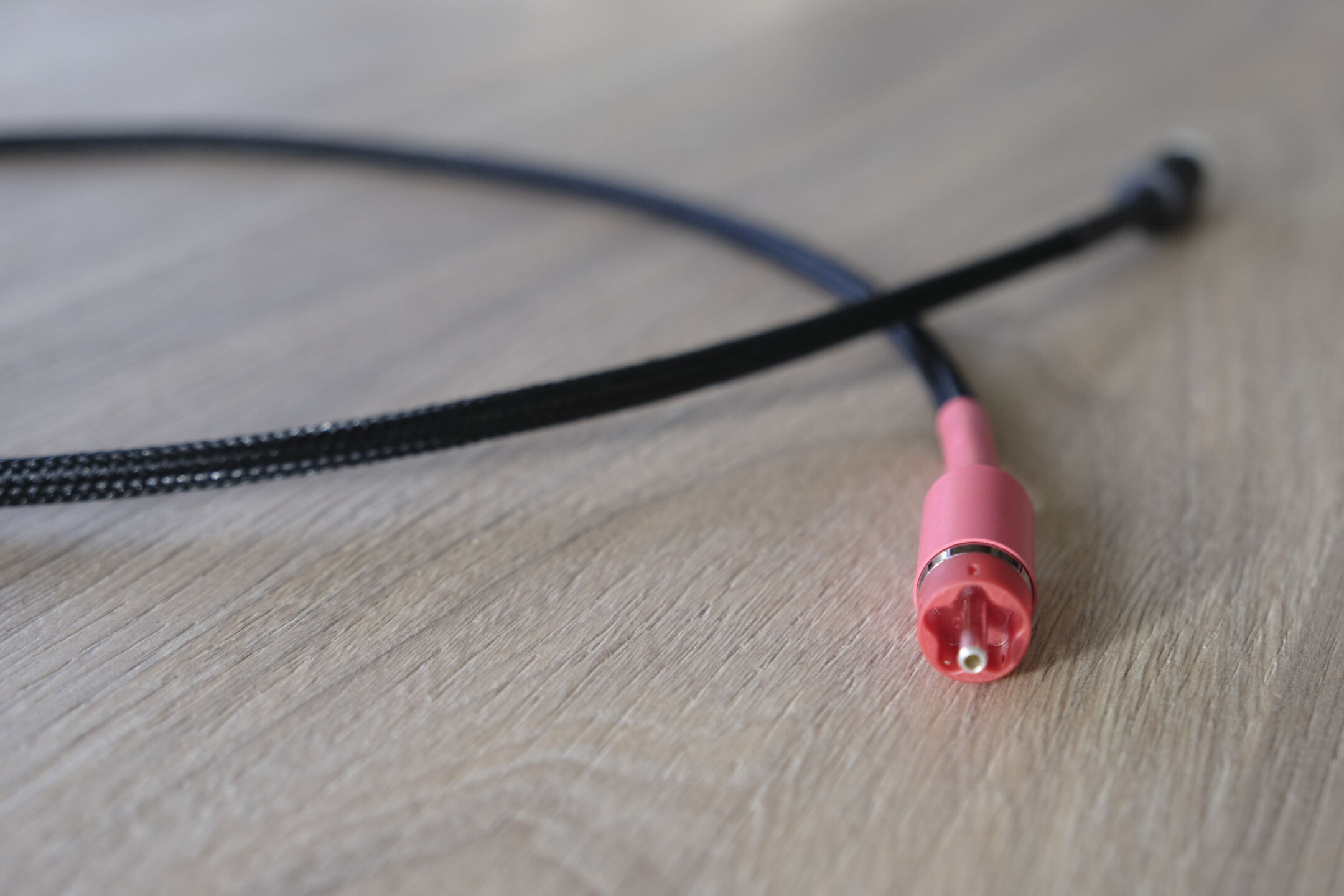

Intro
Contents
If there’s one company high on the lists of being innovative in the digital field, it’s Meridian. The ‘father’ of the brand – Bob Stuart – has many innovations to his name. Now we’re not going to talk about MQA. If we look beyond that (somewhat controversial) format, we see for example also MLP: the codec for lossless PCM on DVD Audio discs and in use with Dolby TrueHD and HD DVD. In addition Meridian has put numerous beautiful optical players on the market, we encounter Sooloos (predecessor of ROON) and active speakers with DSP technology. We take a look at the DSP5200 SE. An active system of 14,500 Euros… all-in!
Meridian is not a brand that comes up with something new every year. Purely because it can or should. It is a ‘steady’ brand that comes out with something new when something has actually improved.
The original DSP5200 came on the market around 2009. Right: 13 years ago. And that was already a completely digital, DSP controlled speaker. However, that was not Meridian’s first digital, active speaker: that dates back to 1990 (the D600). Bizarre when you think about it. The DSP5200 was not updated directly to an SE. This digital, active speaker has had another .2 version and then an SE update where quite a bit has changed. Think Speakerlink, an improved, Beryllium tweater, EBA bass alignment, other smaller updates that improve playback. Ow. and of course MQA addition.
Looking a little further internally, we see three 75 watt Class A/B amplifiers – yes, that doesn’t seem like a lot nowadays, but look at the total: 225 watts per speaker! That sounds a bit different, doesn’t it? Plus, it’s really enough, and putting more than 225 watts of class AB power into a speaker is extremely difficult.
These three amplifiers drive the three units: a 25mm Beryllium tweeter and two 16cm polypropylene woofers. However, before it goes into the amplifiers, Meridian controls all the signal separations and processing via the DSP; the heart of these speakers. This DSP is adjustable so that the speaker performs better in your space (more on this later).
A word about the connection possibilities. These are – unfortunately – fairly limited. We see one coaxial connection (in and out, maximum 96 kHz), a speakerlink (in and out, maximum 96 kHz) and Meridian comms (in and out). That’s about it. No optical, no hdmi, no analog…. Now Meridian sees its system more as an ecosystem and they like to have you purchase a Meridian receiver / processor with speaker-link. That way you expand the possibilities. But yes. What is also possible is a (digital) pre-amp with coaxial out, so you can use it as a ‘hub’.
Thick but elegant cabinet
The cabinet of the Meridian DSP5200 SE appears to be constructed of some sort of high-end composite, but it’s not. It is a layered cabinet of wood and a layer of aluminum. Very special and incredibly solid and ‘dead’ sounding. Strangely enough the speakers are not very heavy, but we do not like to carry them up a few fights of stairs.
The design has been the same since day one. Which, in a way, makes the design timeless. Never change a winning formula, right? By default, the speakers come in high-gloss white or black. For a subtle extra charge, you can choose from all colors. We go for orange!











I have been enjoying these speakers since 2017, and have yet to find their limit with every improvement made to a source for the AES/EBU (Speakerlink) inputs. My most recent successful experiments are dual (cascaded) AudioPhool Meraki network switches feeding a RPi4 running audiolinux with Shunyata and iancanada power.